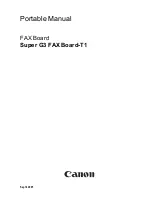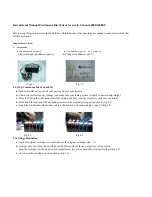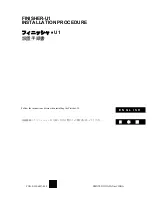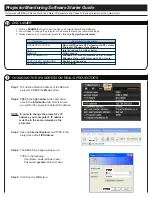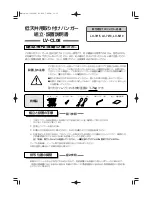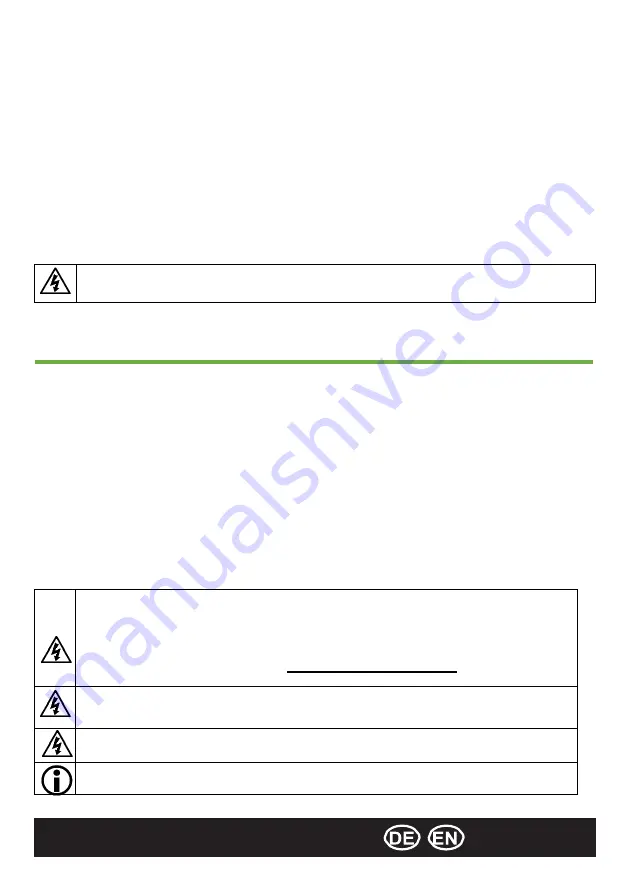
TURNSTANGE / WUNDERBAR | TUNE
Lenker/ Handlebar
13
Beforehand instructions
:
Check the clamp area of the previously used handlebar for scratches, wear of friction and denting. These
marks are a sign of inaccurate manufacture or bad design of the stem in the clamping area.
The Handlebar
:
Use the enclosed carbon assembly compound when fitting the handlebar. This dramatically reduces the
torque needed. Apply the assembly compound both to the clamping surface of the handlebar and the
clamping surface of the stem. Please contact your dealer for a compatibility check if the handlebar can
only be mounted using high force or if there is a high tolerance between the handlebar and the stem!
Brake lever and shifter:
Use carbon assembly compound when mounting accessories and lock-on grips to ensure a secure fit of
these parts despite of the maximum torsion of 1 Nm. In most cases especially when using carbon
assembly compound already 0.5 Nm are sufficient for clamping. For safety reasons, the brake lever and
shifter must still be rotatable in the case of an external forced impact.
Beware the
maximum torsion of 1 Nm
!
Regular check before each use
If one of the following points occurs:
-Lose clamping
-Cracking noises
-Cracks or other damage
-Handlebar temperature too high
!! Do NOT use the handlebar!!
Check the torsion of all bolts before every ride!
High temperatures can lead to loss of clamping force of up to 2Nm.
If one of the above listed events occurs, refer to the corresponding chapter of this manual,
contact your local distributor, or contact us (page 16).
Please remember to retighten all bolts after the first 30km of use, always ensuring that the torsion of the
bolts is within the permitted range! Check your Handlebar clamp system and ensure that the torsion of
the bolts is within the permitted range. Apply pressure with both hands on the handlebar alternatively on
the right and left of the handlebar and check if the handlebar is firmly seated. handlebar should not move
or generate any cracking noises. In case of cracking noise, we recommend to thoroughly clean the
handlebar and to repeat the assembly process again. Check the handlebar visually for cracks or other
damage.
Make sure that the handlebar is at ambient temperature. For example, a handlebar or bicycle, in general,
should not be stored in a sun exposed car where temperatures can get up to 80°C (176°F). This can
detract from the residual strength and can lead to loss of clamping force up to 2Nm. In general, do not
let the handlebar reach a higher temperature than the ambient temperature.


















